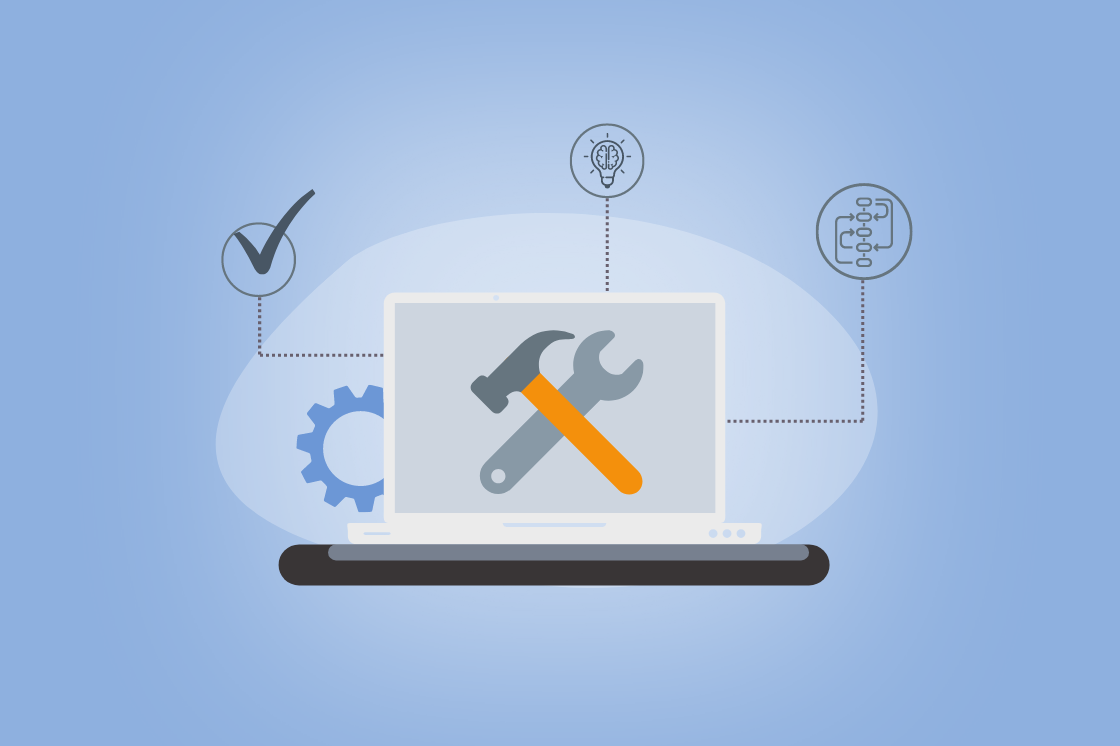Business Process Modeling – Where it started and why you need it
Finding a Starting Point for Improvement - Business Process Modeling (BP Modeling) originated in the mechanical industry, with its introduction by Frank Gilbreth in 1921.
Gilbreth presented a groundbreaking paper to the American Society of Mechanical Engineers titled "Process Charts: First Steps in Discovering the Optimal Way to Perform Work". This paper sparked a revolution, inspiring businesses to embrace process modeling as a means to enhance efficiency and effectiveness.
Gilbreth, the paper’s author, is probably better known as the author and central character of the 1950s novel Cheaper by the Dozen. Gilbreth was a fascinating character with a passion for the study of time and motion, but he was also a man who was laser-focused on the true purpose of processes: finding the one best way to do work.
The basic theory of business process mapping
Why map business processes? Gilbreth told us that it’s because you need to take stock of your processes before you can begin to improve them. Looking at the big picture allows you to see the cause and effect of each and every step and to be able to understand the process flow clearly.
By mapping out your business processes, you gain a holistic view of how your organization operates. This allows you to identify inefficiencies, redundancies, and bottlenecks that may be hindering productivity and overall performance. Without a clear understanding of your current processes, it becomes difficult to pinpoint areas for improvement.
Process mapping provides a visual representation of the entire workflow, enabling you to identify dependencies, handoffs, and potential areas of improvement. It allows you to analyze the sequence of steps and identify any unnecessary or redundant activities that can be streamlined or eliminated altogether. By visualizing the process flow, you can also identify potential areas for automation or technology integration to enhance efficiency.
Moreover, process mapping helps in understanding the cause and effect relationship between different steps in a process. It allows you to identify any dependencies or bottlenecks that may impede the smooth flow of work. By visualizing the entire process, you can easily identify areas where delays or errors are likely to occur and take proactive measures to address them.
In addition, process mapping facilitates communication and collaboration among team members. With a clear visual representation of the process, it becomes easier for employees to understand their roles and responsibilities within the workflow. It promotes transparency and accountability, as everyone can see how their actions contribute to the overall success of the process.
“Every detail of a process is more or less affected by every other detail; therefore, the entire process must be presented in such form that it can be visualized all at once before any changes are made in any of its subdivisions.” — Gilbreth
What is Business Process Modeling?
Business Process Modeling (BP Modeling) is used by organizations to visually document, understand, and improve their processes. It is a part of Business Process Management (BPM) and it can be used as an organizational tool to map out what is (or “as-is”) as a baseline and to determine the future (or “to-be”). However, getting a baseline to measure the effectiveness of your process improvement is critical and this is the first place where the practice of business process modeling comes into play.
A visual representation shows all the connecting activities, events, and resources a process employs. This visual depiction is crucial in Business Process Modeling (BP Modeling) as it allows organizations to have a clear and comprehensive understanding of their processes. By combining process mapping, process discovery, process simulation, process analysis, and process improvement, BP Modeling provides a holistic approach to optimizing business operations.
While text-based documentation can provide some level of understanding, it often falls short in conveying the intricacies and complexities of a process. Employees may struggle to fully grasp how a process is performed solely through written descriptions. This is where a visual representation becomes invaluable. By presenting the process in a visual format, it becomes easier for employees to comprehend and follow the various steps involved.
The visual representation offered by BP Modeling goes beyond just illustrating the sequence of activities. It also captures the relationships between different steps, the dependencies that exist, and the resources utilized throughout the process. This comprehensive picture enables organizations to identify bottlenecks, inefficiencies, and redundancies that may be hindering productivity.
Furthermore, a visual representation encourages collaboration and communication among team members. With a clear and easily understandable depiction of the process, employees can better understand their roles and responsibilities within the workflow. This promotes transparency and accountability, as everyone can see how their actions contribute to the overall success of the process.
By making process mapping a part of your Business Process Framework you set the stage for enhancing the efficiency and effectiveness of your processes.
In summary, the power of a visual representation in BP Modeling cannot be overstated. It provides organizations with a comprehensive view of their processes, facilitating process improvement and optimization.
Want to get started with process mapping? Check out our guide to selecting a business process mapping tool.
I hope this post has given you some insight into the value and purpose of business process mapping. In my next post I will discuss the difference between business process mapping and business process modelling and look some modeling techniques you can use.


